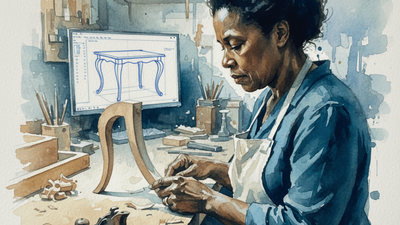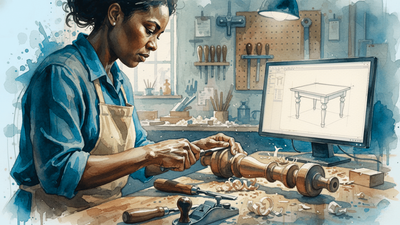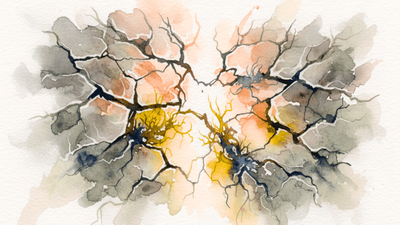Is AI Taking over the “Bullshit Jobs?”

Historically, organisations were built around the assumption that human effort, whether clerical, analytical, or managerial, was scarce and costly. You needed departments, layers, and processes to ration that effort and coordinate it. Does this hold true today as AI enters the workplace?
David Graeber described such roles as “bullshit jobs” so pointless that even the people in them struggled to justify their existence. (Flunkies who exist to flatter, duct tapers who patch over avoidable problems, box tickers who generate the appearance of compliance.)
He argued these jobs weren’t just accidents but features of a system that kept hierarchies busy, appearances tidy, and power structures intact. Now, AI is sweeping across the very tasks that sustained them:
- Repetition and reporting: automated at scale.
- Paperwork and compliance: handled in real time.
- Endless scheduling and coordination: done by digital assistants.
AI isn’t just eliminating inefficiency. It’s pulling at the threads of how modern organisations are designed. If the jobs Graeber called out disappear, what does that reveal about the structures that produced them in the first place?
If bureaucracy was always a workaround for ineffective leadership, what replaces it when machines do the work faster and cheaper? Do we keep inventing new pretend-work to keep up appearances, or take the opportunity to rebuild business models that thrive without it?
What do you see ahead? Liberation from meaningless work, or a future where technology just invents new forms of it?
Subscribe to the FORS Report
Be the first to know - subscribe today





Member discussion